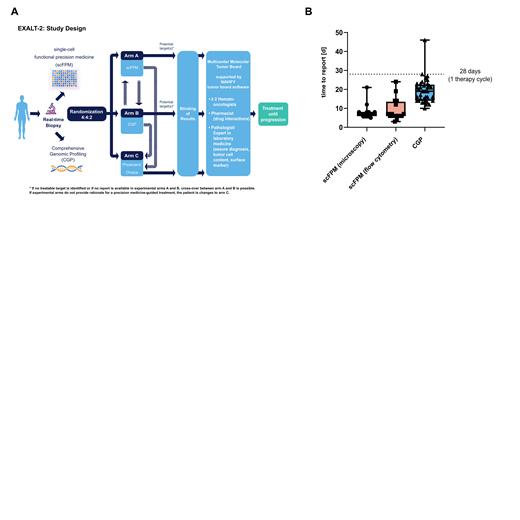Red blood cells (RBCs) potentially can be used as drug carriers to improve pharmacokinetics (PK) for their unparalleled lifespan in circulation (120 days). Coupling factor IX (FIX) to the surface of RBCs is an innovative approach to boost FIX replacement therapy in hemophilia B. Here we studied effects of loading FIX to RBCs in vitro (morphology, rheological properties, procoagulant activity) and in vivo (PK of FIX-Ter119/RBC).
To achieve RBC binding, purified human FIX was conjugated to the anti-mouse glycophorin A monoclonal antibody Ter119 and the FIX-Ter119 conjugates were separated and collected using SEC-HPLC. Then, mouse RBCs were incubated with either 10,000 or 50,000 molecules of FIX-Ter119 per one RBC, resulting in ~40% binding efficiency (~4,000 and ~20,000 molecules of FIX/RBC, respectively).
Procoagulant activity of FIX/RBC was assessed in FIX-deficient human plasma using 3 assays: 1) activated partial thromboplastin time (aPTT), 2) rotational thromboelastometry (ROTEM), and 3) thrombin generation assay (TGA). FIX/RBC showed a dose-dependent activity in all the assays: i) aPTT was reduced (4,000 FIX/RBC: 57±1 s; 20,000 FIX/RBC: 48±1 s vs. control RBCs: 71±0.2 s, p<0.0001); ii) ROTEM: plasma clotting time was shortened and rate of clot strengthening was increased (45±6 and 69±3 vs 43±7 α, n.s. and p<0.001 vs. control, respectively) as was maximal clot firmness (maximum amplitude 19±3; 29±5 vs 22±3 mm, n.s. and p<0.05, respectively) between the RBCs bearing 4,000 and 20,000 FIX/RBC and control RBC, respectively (Figure 1A); iii) TGA: peak thrombin concentration was increased (134±18 and 193±17nM, for 4,000 and 20,000 FIX/RBC, respectively, p<0.05) vs. 74±27 nM for control RBCs (p<0.01). Altogether these results indicate that RBCs loaded with FIX-Ter119 possess specific FIXa activity, promote thrombin generation, and accelerate clotting in FIX-deficient plasma.
Morphology and deformability of FIX/RBC were changed compared with control RBC. Scanning electron microscopy showed that the RBCs loaded with 4,000 and 20,000 FIX/RBC had increased echinocyte content (10±7% and 25±9%, respectively, p<0.01) while control RBCs contained only 3±1% echinocytes (p<0.001). After centrifugation at 1000g, the compressed RBCs had altered morphology, reflecting dissimilarity in cell deformability. The shape distribution for 4,000 and 20,000 FIX/RBC showed, respectively, 4±2% and 14±5% uncompressed biconcave RBCs, 8±3% and 12±8% intermediate mainly biconcave RBCs, 8±4% and 14±6% intermediate mainly polyhedral RBCs, and 63±20% and 70±24% fully compressed polyhedral RBCs (polyhedrocytes). In contrast, the unloaded centrifuged RBCs contained only 0.5±0.4% uncompressed biconcave RBCs, 1.5±0.6% intermediate mainly biconcave RBCs, 6±2% intermediate mainly polyhedral RBCs, and as much as 92±5% polyhedrocytes. Therefore, FIX/RBC demonstrated reduced deformability under mechanical compression caused by centrifugation. These results agree with ektacytometry data that showed a reduction in the deformability of RBC loaded with the FIX-Ter119 conjugates (maximum elongation index: 4,000 FIX/RBC: 0.40±0.09; 20,000 FIX/RBC: 0.34±0.04 vs 0.49±0.05 control RBCs, n.s. and p<0.01, respectively).
Flow cytometry of FIX/RBC showed externalization of phosphatidylserine, but this increase was within normal levels (2.9±0.5% of phosphatidylserine-expressing RBCs). Agglutination assays showed that the FIX/RBC conjugates do not undergo agglutination at 4,000 FIX/RBC, but there was spontaneous agglutination of 20,000 FIX/RBCs, which limits the amount of FIX that can be loaded on the surface of RBC.
Finally, we injected radiolabeled free FIX or FIX-Ter119 conjugates intravenously in mice to allow binding directly to circulating RBCs in vivo. The PK profile shows that more than 90% of the FIX-Ter119 conjugate was associated with RBCs and circulated stably bound to the RBCs for 24 hours, increasing the area under the PK curve 7.6 times vs. free FIX (Figure 1B).
In conclusion: i) FIX can be loaded to the surface of RBCs, ii) FIX/RBC exert procoagulant activity, iii) FIX binding causes detectable, but apparently tolerable rheological changes in RBCs, and iv) FIX/RBC circulation time grossly exceeds that of free FIX. These preclinical studies support the potential utility of using FIX/RBC for treating bleeding conditions related to FIX deficiency.
Disclosures
No relevant conflicts of interest to declare.


This feature is available to Subscribers Only
Sign In or Create an Account Close Modal